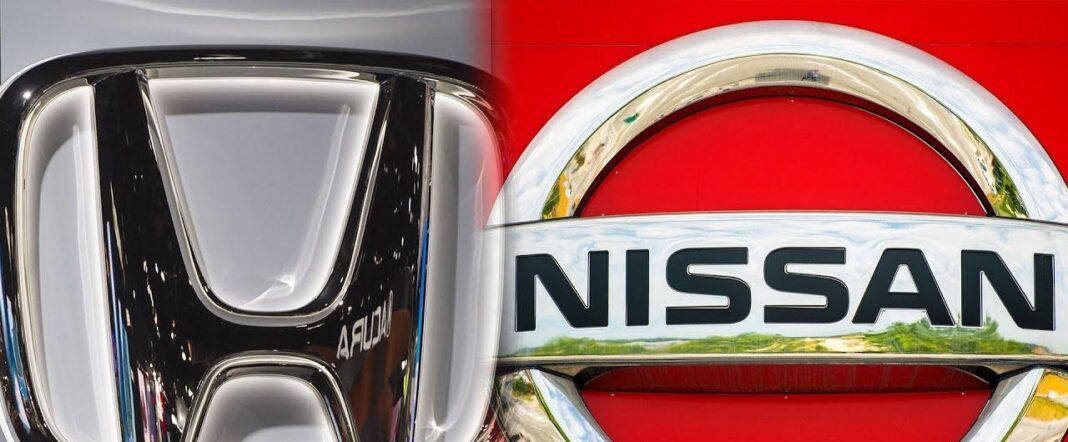Nissan Walks Away from Honda Merger: Industry Implications and Future Outlook
In a dramatic turn of events, Nissan appears to be walking away from its proposed merger with Honda, a move that would have reshaped the Japanese auto industry. The deal, initially positioned as a historic collaboration, aimed to create the fourth-largest automaker globally and offer much-needed stability to Nissan amid ongoing financial struggles. However, recent developments indicate that the plan is unraveling, sparking concerns about Nissan’s future and broader implications for the Japanese economy and global auto market.
What Happened?
According to reports from Nikkei, Nissan’s board convened to deliberate on whether to proceed with the merger, and indications suggest that the deal is being abandoned. The original agreement placed Honda in a dominant position, effectively rescuing Nissan and taking control of key decision-making areas such as executive appointments and strategic direction. However, growing tensions and strategic misalignment between the two companies have led to an impasse.
Despite previous assurances from both companies that the deal would proceed, the stock market reaction has been telling. Nissan’s shares fell by over 6%, reflecting investor concerns over its financial future, while Honda saw an 11% surge, signaling market approval of its decision to step back from the proposed arrangement.
Why Did the Deal Fall Apart?
Several factors contributed to the apparent collapse of the merger:
- Power Dynamics: Honda’s proposed control over Nissan’s management and structure may have created internal resistance within Nissan’s leadership.
- Lack of Confirmation: Despite initial announcements, neither company provided full confirmation that the deal would go through, creating uncertainty.
- Market Reaction: Investor sentiment suggests skepticism about Nissan’s ability to thrive even with Honda’s backing.
- Government Intervention Uncertainty: The possibility of Japanese government involvement to push for an alternative deal remains unclear.
Nissan’s Uncertain Future: What’s Next?
With the merger in jeopardy, Nissan faces a series of challenges:
- Financial Struggles: The automaker has been aggressively cutting jobs and downsizing operations amid declining revenue.
- Tariff Exposure: With 25% of Nissan’s U.S. sales reliant on imported vehicles from Mexico, the looming threat of U.S. tariffs could significantly impact its profitability.
- Strategic Direction: Whether Nissan can navigate its future independently or seek another strategic partner remains uncertain.
- Government Intervention: Speculation exists over whether the Japanese government will step in to facilitate a new agreement or support Nissan through other means.
Industry-Wide Implications
Beyond Nissan, the failure of this merger has ripple effects on the broader Japanese auto industry:
- Competitive Disadvantage: Without a merger, Japanese automakers may struggle against stronger global competitors such as Volkswagen, Toyota, and Tesla.
- Investor Sentiment: Market reactions suggest that Honda’s independent path is favored over Nissan’s uncertain trajectory.
- Trade Policy Concerns: With ongoing trade tensions, Japanese automakers must reassess their supply chain resilience.
The Road Ahead: Future Predictions & Key Takeaways
Looking ahead, the Japanese auto industry must address several pressing concerns:
- Nissan’s Survival Strategy: Without Honda’s backing, Nissan must explore alternative partnerships or restructuring plans to remain competitive.
- Potential Reopening of Talks: There remains a possibility that Honda could revisit negotiations under revised terms.
- Government Role: If Nissan’s financial situation worsens, government intervention could become a defining factor.
- Industry Consolidation Trends: The auto industry continues to trend towards consolidation, and Nissan may seek alliances elsewhere.
- EV Market & Innovation: Both Honda and Nissan must prioritize electric vehicle (EV) development to stay relevant in a rapidly evolving automotive landscape.
Conclusion
The breakdown of the Nissan-Honda merger marks a critical moment for the Japanese auto industry. While Honda appears to have gained investor confidence, Nissan is now left navigating an uncertain future. Whether through government intervention, strategic restructuring, or another merger attempt, Nissan’s next steps will shape the broader industry’s trajectory. For now, the automaker must find a way to regain control of its destiny before external forces dictate its fate.
Disclaimer
This article is based on publicly available information and does not represent any official statements from Nissan, Honda, or related entities. The analysis is for informational purposes only and should not be construed as financial or investment advice.
James Patel is an experienced business journalist reporting on mergers, acquisitions, and corporate governance. He has contributed to The Wall Street Journal and Reuters.




